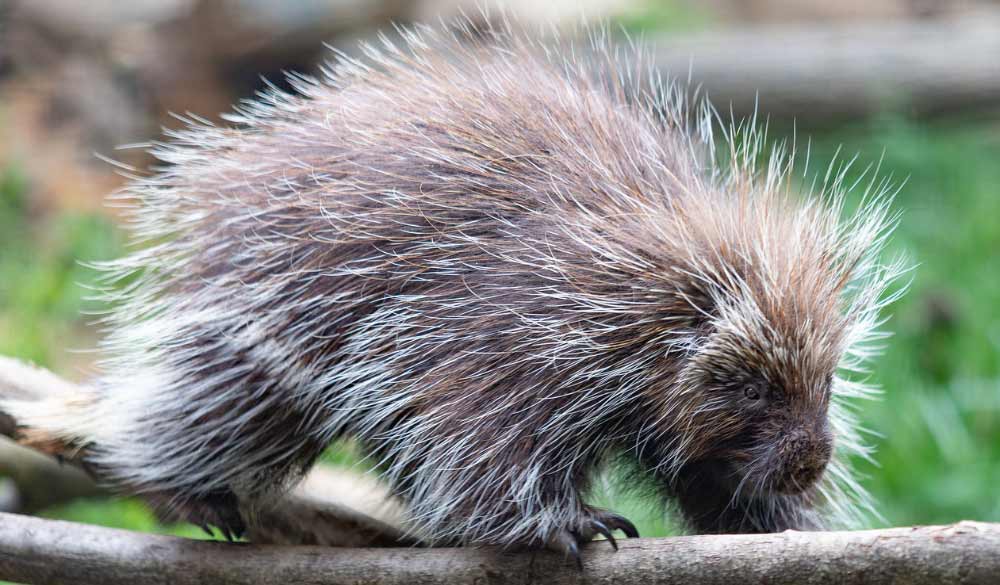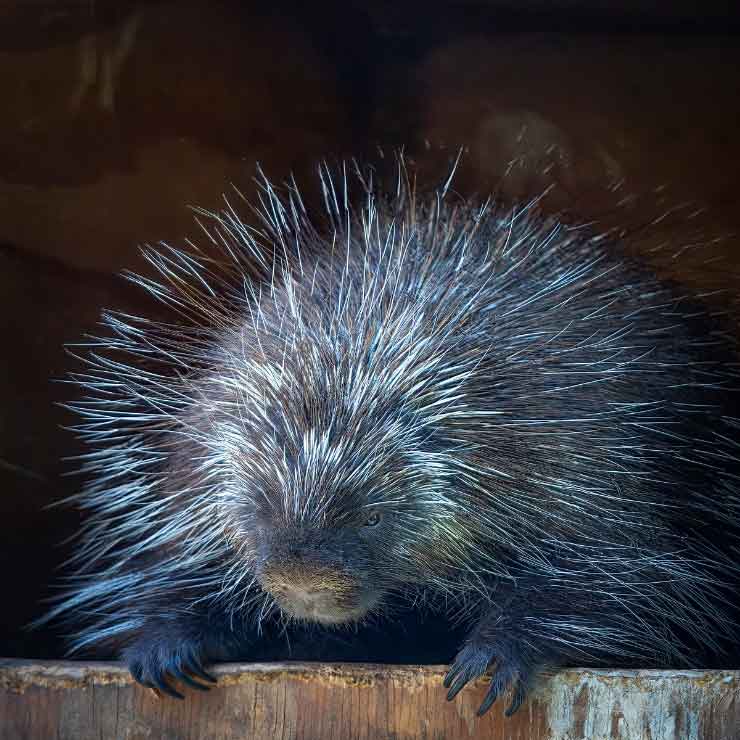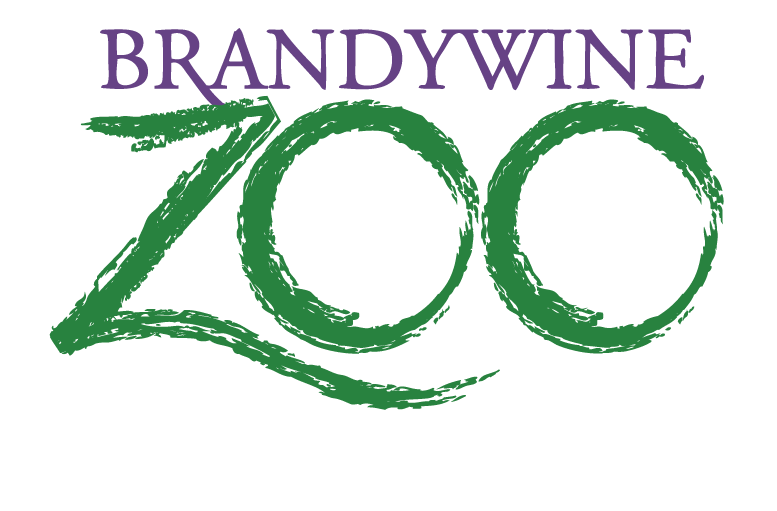NORTH AMERICAN PORCUPINE
ERETHIZON DORSATUM

HABITAT
Forest, shrublands, grasslands
GEOGRAPHIC REGION AND RANGE
North America, specifically most of Canada, western and northeast United States (including Alaska).
DIET
Vegetation: leaves, stems, fruits, flowers, roots, and inner layers of bark.
PHYSICAL DESCRIPTION
Black to brown fur with white highlighting, a small head and short legs, long claws, and needle-like quills covering the entire back, especially on the tail.
LIFESPAN
Natural Habitat: 6-18 years
Under Human Care: Up to 20+
THREATS
North American porcupines used to be found in the southeastern and mid-Atlantic regions of the United States, including Delaware. They are gone from these areas for a number of reasons including habitat loss due to logging and clearing for roads and buildings, invasive insect species like the hemlock woolly adelgid that destroy major food sources, and the hunting of porcupines as a pest species.
STATUS
Least Concern
FUN FACTS
Porcupine quills are made of keratin – the same material that makes up our hair and fingernails.
A single porcupine may have up to 30,000 quills or more!
Porcupine means “spiny pig” in Middle French.
North American porcupines have antibiotics in their skin. Those antibiotics prevent infection if a porcupine accidentally get pricked with its own quills.
Despite what movies and cartoons show, porcupines cannot shoot their quills. Quills only come off when shedding (like hair) or when the tip is stuck into something, like a predator.
What are AZA Zoos doing for North American Porcupines?
Their zoo population is managed through conservation breeding programs called Species Survival Plan programs, which ensures genetic diversity and species health. As of 2018, 96 North American porcupines lived at 56 AZA facilities.

